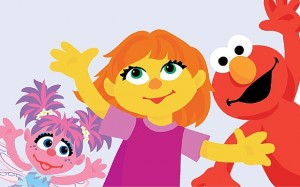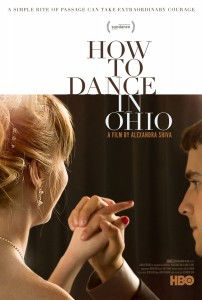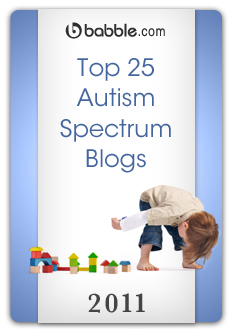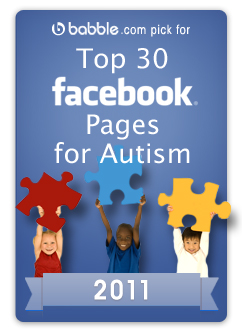So the Sesame Street #SeeTheAmazing autism program was launched and shared and talked about like mad and of course, torn to shreds and judged and attacked.
Why? Well, I could go into the details but honestly, the details don’t really matter. This has happened with every program and story ever created and will continue to happen.
No one autism story takes every single perspective into account. They just can’t. Many of the perspectives conflict, making it very difficult to include together and there are just so many that it’s nearly impossible to remember to include them all.
Personally, I’m attacked every single time I talk about how great a person with autism can be, because I’m not talking about how disabling autism can be. Then I write about how disabling autism can be and I’m attacked because I’m not making autism sound like the best gift ever.
This happens every single time.
Cure vs acceptance
Parent vs autistic
Person first vs Identity first
Children vs adults
Independent vs dependent
Verbal vs non-verbal
Boys vs girls
Toxins vs genetics
It really doesn’t matter to whom you are talking or whom you’re talking about or what position you take or how much good you do. None of that matters.
You will be hated for it.
Sesame Street’s program isn’t perfect because I didn’t create it. Even if I did, it would only be perfect for me. Not for everyone else. Lots of people would hate it.
That’s the whole point.
This is why we don’t only have one company doing one program or one person telling one story.
Parents will reach other parents. Autistics will reach other autistics. Somewhere in the middle of it all, we’ll all reach each other. But not everyone will like it.
There’s 2 things we should work on in this regard:
1. Don’t attack each other. Constructive criticism is educational. Hateful attacks create closed minds. Show people how your story is different. I’m sure they’d even appreciate that. Just don’t attack them because their story doesn’t align with yours.
2. Don’t take the criticism personally. Some people are not going to like what you say because it’s not what they wanted you to say. So long as you have something to say, there will always be people who will want you to say what they want said. It’s personal for them, it’s not personal against you. They’re allowed to wish you said what they wanted to hear.
If you are doing good work and making a positive impact and changing lives, keep going. Let other people worry about their own programs and their own stories.
There’s more than enough room for everyone and there is more than enough stories.
That’s where real autism understanding and acceptance comes from.











